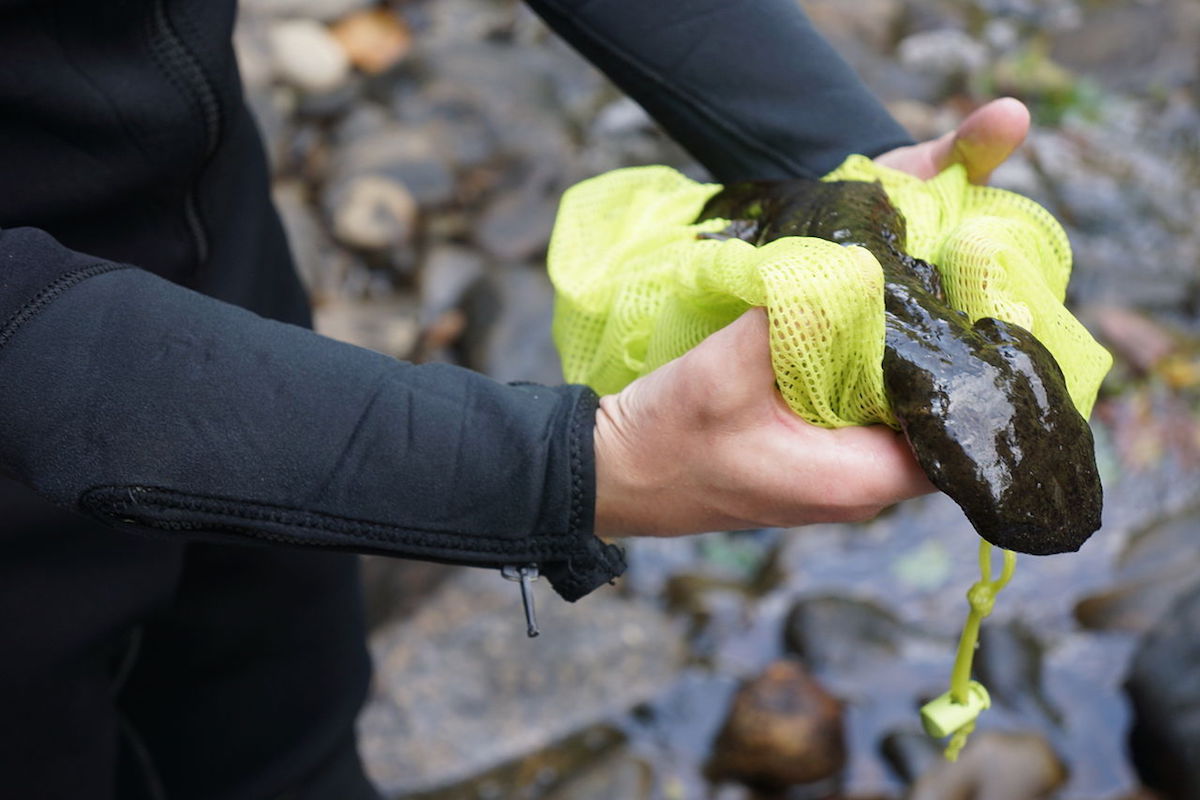- Many of the world’s amphibian species are in trouble.
- Conservationists are attempting to breed some of them as a way to replenish wild populations, but many are reluctant to breed in captivity.
- Captive-breeding programs are turning to an injectable compound called Amphiplex, which can cause amphibians to mate or to release their eggs or sperm.
When Dale McGinnity rushed to the Nashville Zoo at 3 a.m. one morning in 2011, it was to witness the culmination of a six-year effort. One of the zoo’s eastern hellbenders (Cryptobranchus alleganiensis alleganiensis) was finally laying eggs. These giant salamanders, along with the other hellbender subspecies, the Ozark hellbender (C. a. bishopi), can grow to over two feet long, making them North America’s largest salamander species by far. But both subspecies are rapidly disappearing from the wild, and scientists were scrambling to figure out how to breed the animals in captivity as a way to replenish wild populations.
McGinnity and his colleagues immediately got to work, artificially fertilizing the eggs with sperm from male hellbenders. The scientists knew what to thank for these small, slimy bundles of joy: four days earlier, McGinnity had injected the zoo’s female hellbenders with a new compound, essentially a love potion for amphibians that causes them to mate or to release their eggs or sperm. It was designed specifically for species that were reluctant to breed in captivity. Just call it “Cupid’s syringe.”
The elixir in question, called Amphiplex, was concocted by Vance Trudeau at the University of Ottawa. Originally a fish endocrinologist, Trudeau felt compelled to redirect his expertise in the early 2000s when reports of startling drops in amphibian populations started to roll in from around the world. “I’m an endocrinologist, I know a lot about spawning,” he said to himself at the time. “Why don’t I try to do something?”
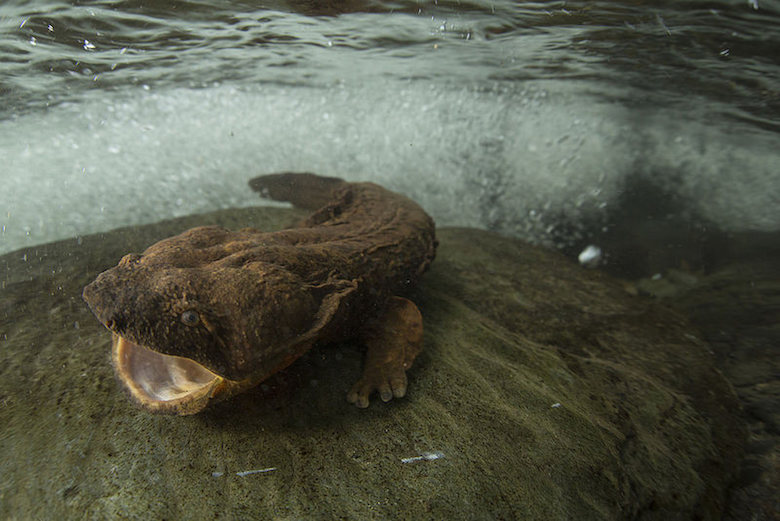
Trudeau knew that the hormone systems controlling mating were nearly identical in fish and mammals, and he reasoned that they should be similar in amphibians, too. Taking a page out of the fish reproduction playbook, he combined a hormone that stimulates cells in the pituitary gland with a chemical that blocks the neurotransmitter dopamine, which can interfere with breeding. This combination had been used extensively in fish, to encourage breeding stock for the aquaculture industry. But it hadn’t yet been tried in amphibians. Before Amphiplex, only individual hormones, sans dopamine blockers, had been used on captive amphibians, with mixed success.
After a few “back of the envelope experiments,” as Trudeau put it, he came up with a combination and a dose that seemed to work. He and several colleagues published a paper in 2010 showing the success of Amphiplex (a portmanteau of “amphibian” and “amplexus,” when a male frog holds onto a female’s back and fertilizes her eggs externally) on four species of frog. Since then, he’s given out the compound, or directions on how to make it, to conservation scientists across Canada and the United States.
One of those scientists is McGinnity at the Nashville Zoo. Some amphibian species do breed readily in captivity, McGinnity, the zoo’s ectotherm curator, told Mongabay. But for whatever reason, others, like the hellbender, were simply refusing to do so. That’s when he decided to try Amphiplex.
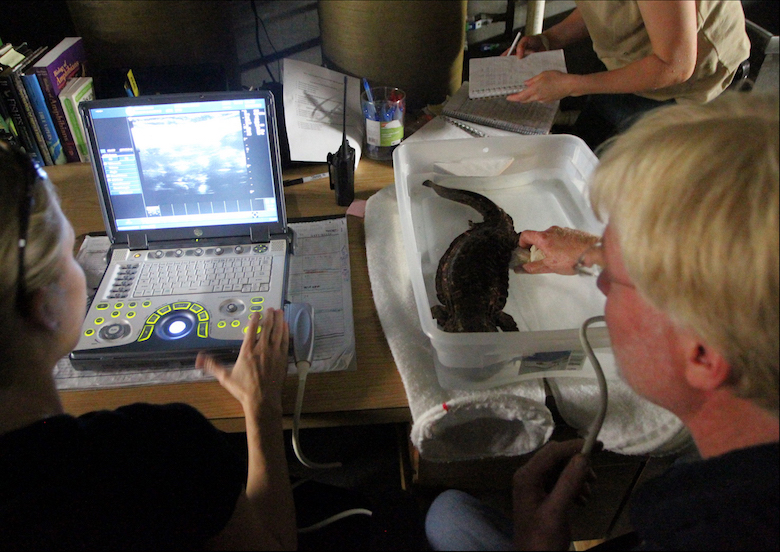
As it turned out, McGinnity’s eggs from 2011 didn’t ultimately yield any hellbender babies. Late that year, however, the St. Louis Zoo announced that they had successfully bred endangered Ozark hellbenders for the first time. Moreover, the hellbenders bred the old-fashioned way without any hormonal intervention — but they did so within elaborate and expensive facilities that include two 40-foot long, six-foot deep outdoor artificial streams that mimic hellbenders’ natural habitat, where the magic happened, as well as two rooms of artificial indoor habitat containing another 32-foot long stream.
Most institutions’ amphibian-breeding facilities are far more modest, and the captive life there may just stress hellbenders out too much to breed, or may fail to provide a crucial but subtle environmental cue, such as specific temperature change patterns. Amphiplex overcomes these obstacles.
In 2012 McGinnity was delighted when two eggs released with the help of Amphiplex hatched, making the Nashville Zoo the first institution to successfully breed eastern hellbenders in captivity.
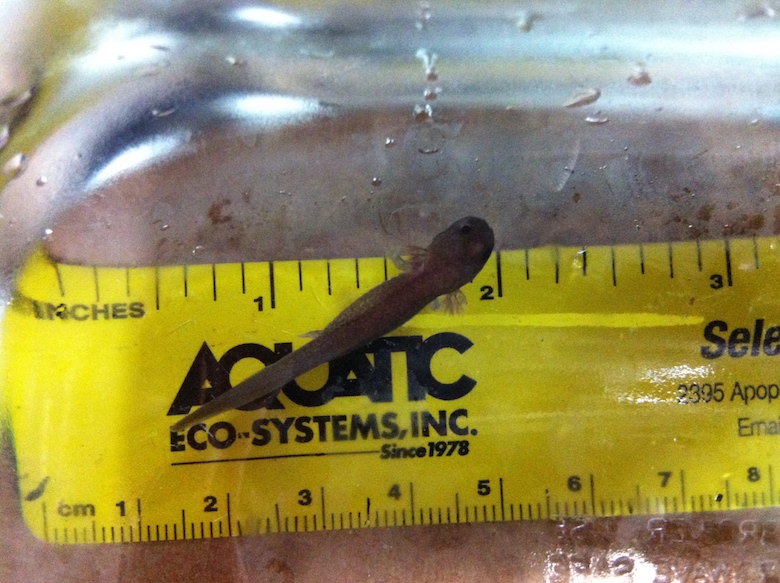
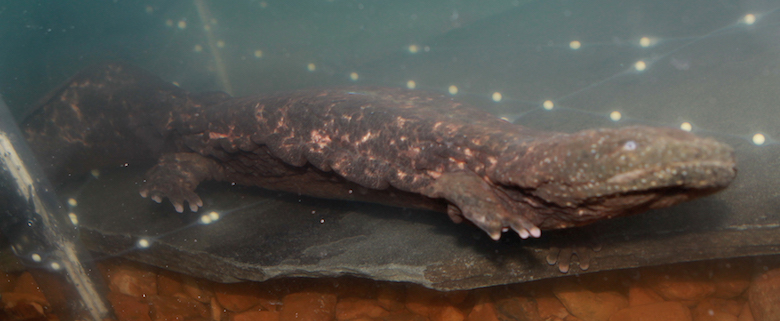
After that success, McGinnity decided to use Amphiplex on another species he and his colleagues had been struggling with: the critically endangered Puerto Rican crested toad (Peltophryne lemur). As with the hellbenders, Nashville Zoo staff had been trying unsuccessfully to breed the toads for several years.
Two days after injecting female crested toads with Amphiplex, the experiment paid off. “The ‘wow’ moment was when we came in…and there were thousands of eggs in the breeding chamber,” McGinnity said. Since 2012, he and his colleagues have shipped over 10,000 crested toad tadpoles back to Puerto Rico for release into the wild.
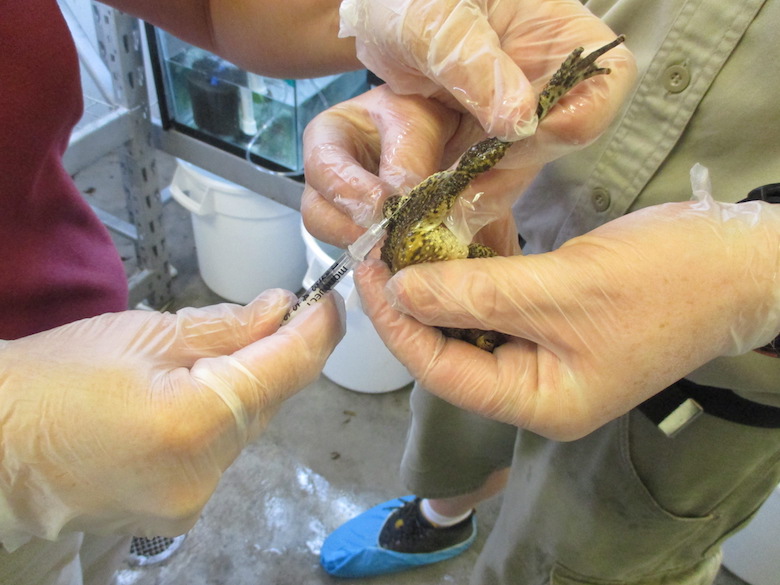
Other institutions have managed to breed crested toads through multiple injections of individual hormones. But Diane Barber, a curator of ectotherms at the Fort Worth Zoo who coordinates a multi-institution conservation program for the toad, prefers Amphiplex to the other injections, since it only requires a single dose. “It’s less stress for the animals, and it means that we have higher chances of being successful,” she told Mongabay.
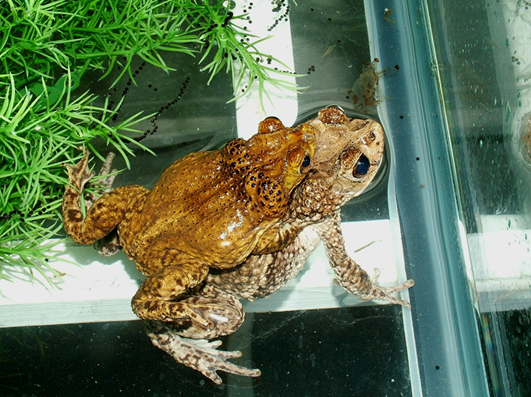
At the Vancouver Aquarium, Amphiplex has helped another species, the northern leopard frog (Lithobates pipiens). Dennis Thoney, the aquarium’s director of animal operations, was actually the first person Trudeau supplied with Amphiplex after his 2010 paper came out. A colleague told Trudeau about Thoney’s work breeding the frogs to augment their local wild population, and after a quick phone call, Thoney was on board. While there’s only one remaining natural population of northern leopard frogs in British Columbia, Thoney and his colleagues established a second population with frogs from the natural site, which they now supplement with captive-bred frogs. That second site acts as an “assurance population,” according to Thoney, should anything happen to the natural population. Amphiplex “maximizes our chances to get as many young as possible for reintroduction,” he told Mongabay, and it lets them leave the natural site undisturbed.
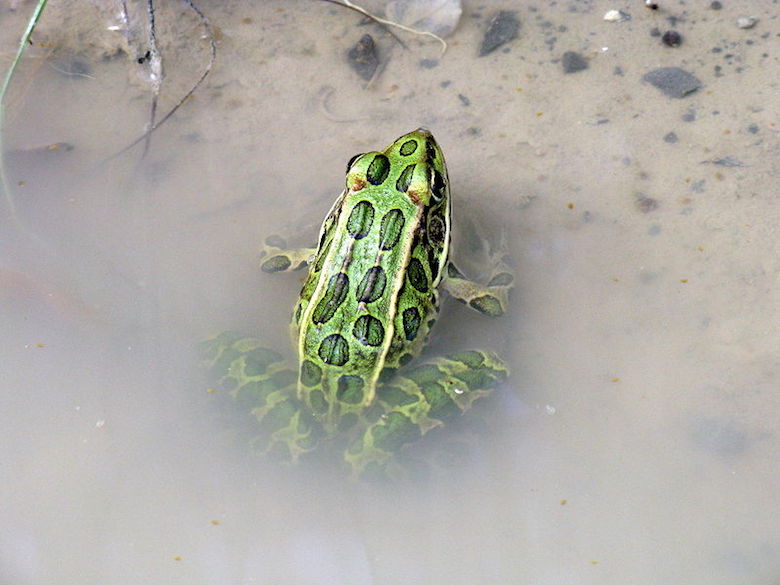
Breeding amphibians in captivity provides individuals for reintroduction into the wild, as well as preserving the genetic diversity of disappearing species. But maintaining these captive populations can be costly and space-consuming, said McGinnity, especially for larger species like hellbenders, which require relatively large enclosures.
So at the Nashville Zoo, they also use Amphiplex to collect hellbender sperm and freeze it for the future. In fact, for the first time, they’ve recently fertilized a single hellbender egg with sperm that had been cryogenically preserved. This shows, McGinnity told Mongabay, that they can in fact maintain genetic diversity through collected and frozen sperm. They’re not yet able to freeze eggs, said McGinnity, but he thinks that in the next decade or so, “we’ll have that figured out.”
Trudeau hopes that Amphiplex will continue to be useful for other threatened species. But unfortunately, this potion is no magic fix for the world’s amphibians. Whether it’s pollution, habitat loss, or chytrid fungus, we must still address the root causes of the declines in the wild, according to Stephen Spear, a scientist who works on hellbenders at the Orianne Society, a Georgia-based nonprofit focused on amphibian and reptile conservation.
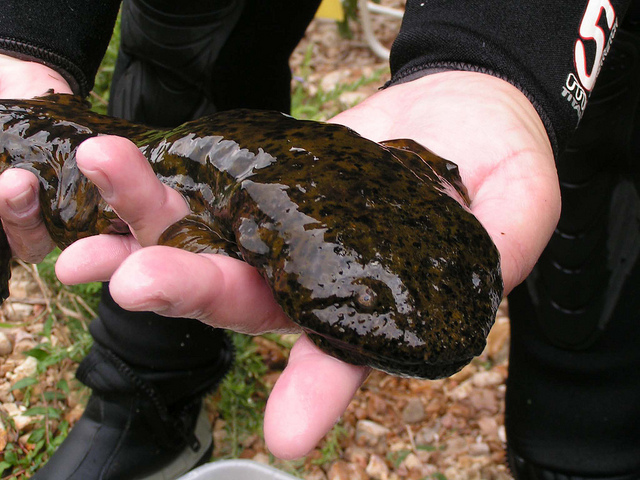
If you try to reintroduce hellbenders to a river that’s polluted or full of erosion runoff, “you can throw as many [hellbenders] as you want into it, and they’re probably not going to do well,” he told Mongabay.
Captive breeding is definitely a good tool for hellbender conservation, but first, he said, “you have to get your house in order.”
